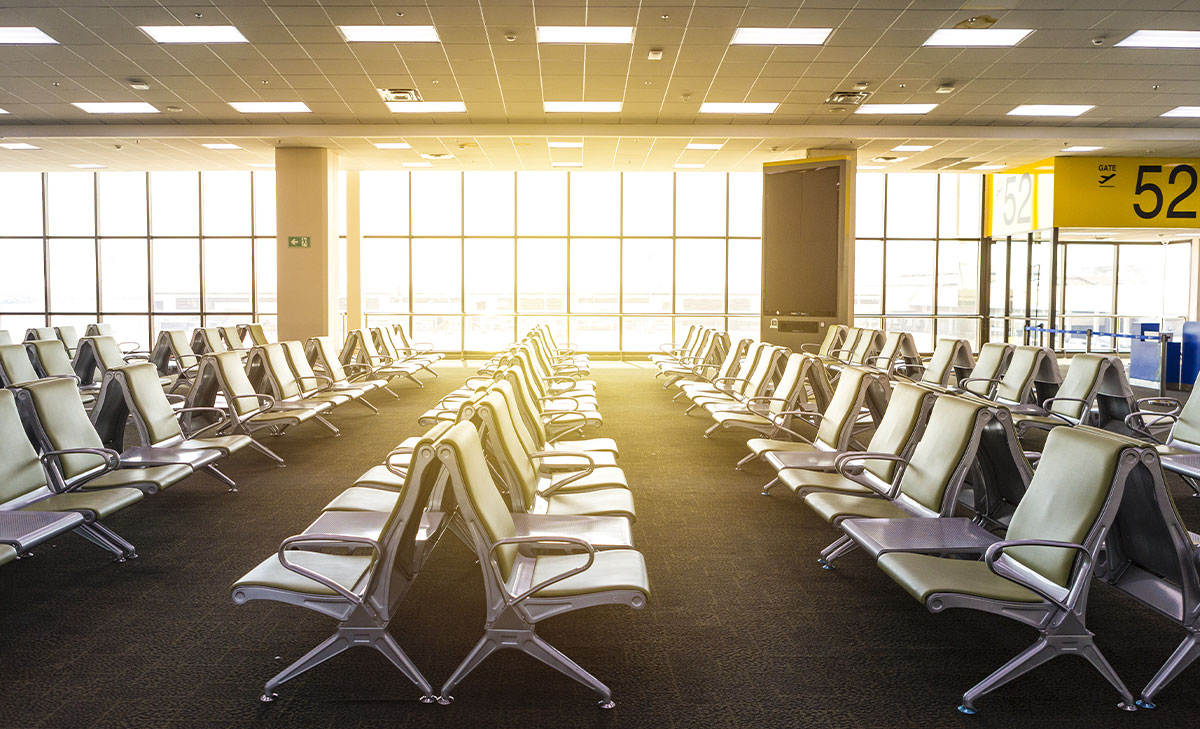
COVID-19 isn’t the world’s first health crisis—the cholera outbreak of the mid 1800s and the Spanish Flu of the early 1900s come to mind when discussing similar epidemics throughout history. And the economic impacts to the affected communities were as striking then as they are now.
Much like the aftermath of the current health crisis, during these past epidemics businesses closed, people were sequestered to their homes and the stock market suffered. But again, then as it was now, it was never hopeless. As the medical community learned more and the community recovered, the tides turned. The full economic losses due to the 1918 epidemic can’t be precisely pinpointed, but there’s one clear truth: society recovered.
At a time such as this, optimism can be in short supply, especially when it doesn’t seem like there’s an end in sight. But by looking to history and data, we might just begin to see a little bit of hope for our industry, and for widespread recovery, one day at a time.
How Long will the Effects Last?
Because of the very nature of the hospitality and travel industries, tourism, travel, restaurants and hotels are some of the first to suffer when a pandemic strikes. While throughout history humanity has experienced similar economic circumstances around pandemics, the biggest difference in these historical epidemics and the COVID-19 crisis is our modern travel accessibility.
“Air travel was in its infancy when Spanish flu struck,” writes Stephen Dowling for BBC Future “Its passage across the world was slower, carried by railway and passenger steamer rather than by airliners.”
With the key differentiator in this pandemic’s spread being transportation advancements and accessibility, it’s hard to look to history to get an idea of how long the effects of COVID-19 could last. But one group of researchers at Travelandmobility.tech looked at an unconventional dataset to explore how the travel industry in China is beginning to recover from the impacts of COVID-19.
The research looked at Chinese app-download trends across major travel and mobility technology categories—including air travel, online bookings, ride sharing, bike rentals and accommodations and lodging. It included the five top mobile apps and calculated the change in app downloads to see how app usage reflected industry recovery. Their data showed possible recovery estimates after a period of 21 – 48 days, depending on the sector of travel.
Greg Jarboe warns that ideals surrounding the team’s data could be overly optimistic for those in the U.S., given that the “benchmark presumes that travel bans are strictly maintained so that the spread of the novel coronavirus is effectively controlled.” Still, the data provides a flicker of light in an otherwise dark era for the travel industry.
We may not know exactly how long COVID-19 will be around for, but things will turn around given time and precaution.
What Does Recovery Look Like?
COVID-19 stands apart not only in the ease of travel that helped take the virus global. The startling rise in fatalities as the illness spread hasn’t been seen in recent decades. While the COVID-19 crisis shares some similarities with historical pandemics, each era and each outbreak presents its own unique set of circumstances. Our global population alone is larger than it was during any of the previous pandemics, for example, which makes it easier, in many cases, for the spread of illness.
So what does that mean for recovery? Dr. Ezekiel J. Emanuel, vice provost of global initiatives and a professor at the University of Pennsylvania, believes that by slowly opening the economy back up after social isolation and safety measures, we could begin the process for recovery as early as June. He shared his thoughts in an aptly-titled piece, “We Can Safely Restart the Economy in June. Here’s How.” According to Dr. Ezekial’s model, travel and hospitality will be among the industries that begin to get their footing more slowly as things start balancing out again, but it’s progress.
As things open back up, human nature will guide travellers first to their cars, rather than air travel. That summer trip has already been refunded but restless people itching to get out and go somewhere will be looking for an opportunity to go someplace that isn’t the living room. So why not do something fun and potentially less risky than flying: the classic roadtrip.
As people hit the road, it will drive recovery in the hospitality industry’s drive-to destinations first, increasing business to roadside and extended-stay properties. Travelers will be looking for demonstrably sanitized accommodations in places where social distancing is still possible. Luxury travel destinations and air travel will come later as concerns over large crowds and locale safety ease away.
Finally, as hotel occupancy begins to rise, it’ll be helpful to look to seasonal hospitality operations for inspiration on how to reopen and recover. It’s not the same, but seasonal properties often experience lulls in occupancy, and some even close for months at a time. Hospitality operations have a clear ability to structure for long periods of low to no occupancy and still succeed.
This pandemic, while unlike a slow season in its unprecedented and alarming presence, will pass just like all low-occupancy seasons do. Things probably won’t go “back to normal” by June, but it would be a start. People will likely, and understandably, be hesitant to travel at first when things start to calm down, but as with epidemics throughout history, the economy and affected businesses will recover. It will just take a little time.
We hope it’s June, or better yet, sooner. We miss our team, our office and our customers. And we can’t wait to get back to helping hospitality teams do what they do best. We hope you’re staying safe and healthy until then—and we hope to see you soon.






